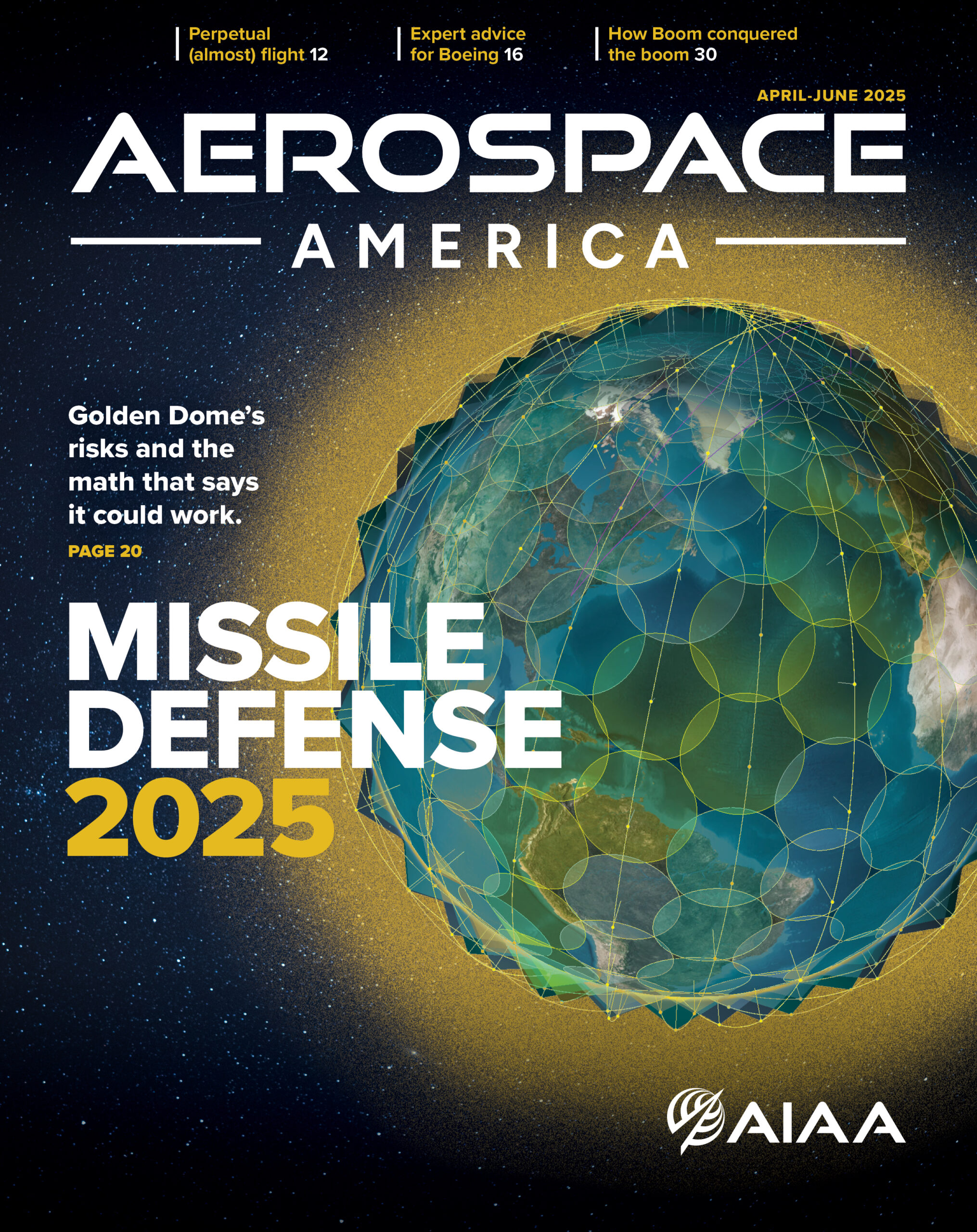Stay Up to Date
Submit your email address to receive the latest industry and Aerospace America news.
The Space Logistics Technical Committee fosters development of integrated space logistics capabilities that enable safe, affordable and routine spacefaring operations.
As the demands for advanced space logistics capabilities surged, governments and companies worldwide responded with ambitious initiatives and substantial funding. However, these efforts were not without hurdles. In March, NASA announced it would cancel OSAM-1, the $2 billion On-orbit Servicing, Assembly, and Manufacturing project that planned to test refueling the Landsat-7 satellite. NASA attributed the decision to cost overruns and schedule delays after a continuation review conducted by an independent review board. Just days later, Congress in the final fiscal 2024 appropriations bill directed NASA to continue with an adjusted OSAM-1 mission, fully funding the project at $227 million for a 2026 launch. Despite this, NASA said in September it planned to proceed with OSAM-1’s cancellation.
In February, the U.S. Federal Communications Commission proposed a new regulatory framework for licensing commercial in-space servicing, assembly and manufacturing operations, aligning with the White House’s ISAM National Strategy released in April 2022.
Meanwhile, government and commercial investments continued to drive rapid development of in-space logistics capabilities. In January, industrial conglomerate Marubeni Corp., one of Japan’s largest trading companies, led a $110 million Series C round for D-Orbit, an Italian space logistics service startup, to support its expansion into satellite servicing, space cloud computing and debris removal. This was among the largest funding rounds for a European space tech company. In June, NASA awarded SpaceX an $843 million contract to build the U.S. Deorbit Vehicle for deorbiting the International Space Station after the end of its operations in 2030.
For work on lunar surface logistics, NASA in April selected Intuitive Machines of Texas, Lunar Outpost of Colorado and Venturi Astrolab to complete feasibililty studies for their designs of a lunar terrain vehicle, with milestone-based contracts valued up to $4.6 billion. NASA plans to fund the development of one LTV, which astronauts will operate beginning with the Artemis V mission in 2029. In May, NASA selected the Jet Propulsion Laboratory’s FLOAT concept for the first lunar surface railway system to move onto phase two of the Innovative Advanced Concepts program. Also in May, Redwire of Florida received a contract from the European Space Agency to develop a prototype of the robotic arm MANUS, Manipulator for Argonaut Payload Needs and Unloading System. MANUS is to ride to the moon aboard the Argonaut lander and assist in retrieving cargo and positioning science instruments, among other tasks.
In the realm of defense, the Defense Innovation Unit in March awarded contracts to Blue Origin, Northrop Grumman and Florida-based SpaceBilt to develop and demonstrate prototypes of spacecraft for on-orbit refueling and in-space assembly and manufacturing. These contracts are part of a larger effect to enable operations beyond low-Earth orbit. In the same month, DARPA awarded a contract to Northrop Grumman to continue developing its concept for a lunar railroad network system as part of DARPA’s 10-year Lunar Architecture Capability Study. In August, the U.S. Air Force awarded Outpost Technologies Corp. of Alabama a $1.25 million contract to develop its Ferryall and Carryall reentry vehicles. Specifically, the Air Force is interested in the ability to “warehouse” cargo on orbit for on-demand delivery to any location on Earth.
In academia, the Space Force, in partnership with the Air Force Research Laboratory, in January awarded two cooperative agreements for the Space Strategic Technology Institute 2 led by Texas A&M University and the University of Cincinnati, for researching technologies related to in-space mobility, logistics and robotic servicing. Texas A&M will receive up to $37.6 million, and the University of Cincinnati up to $11.5 million
Stay Up to Date
Submit your email address to receive the latest industry and Aerospace America news.




